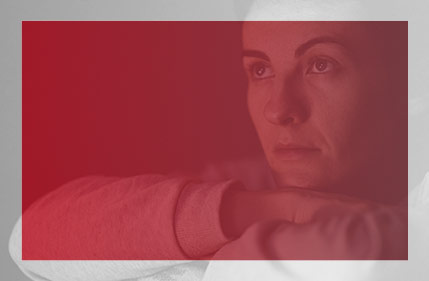„WE CAN END VIOLENCE AGAINST WOMEN AND GIRLS“
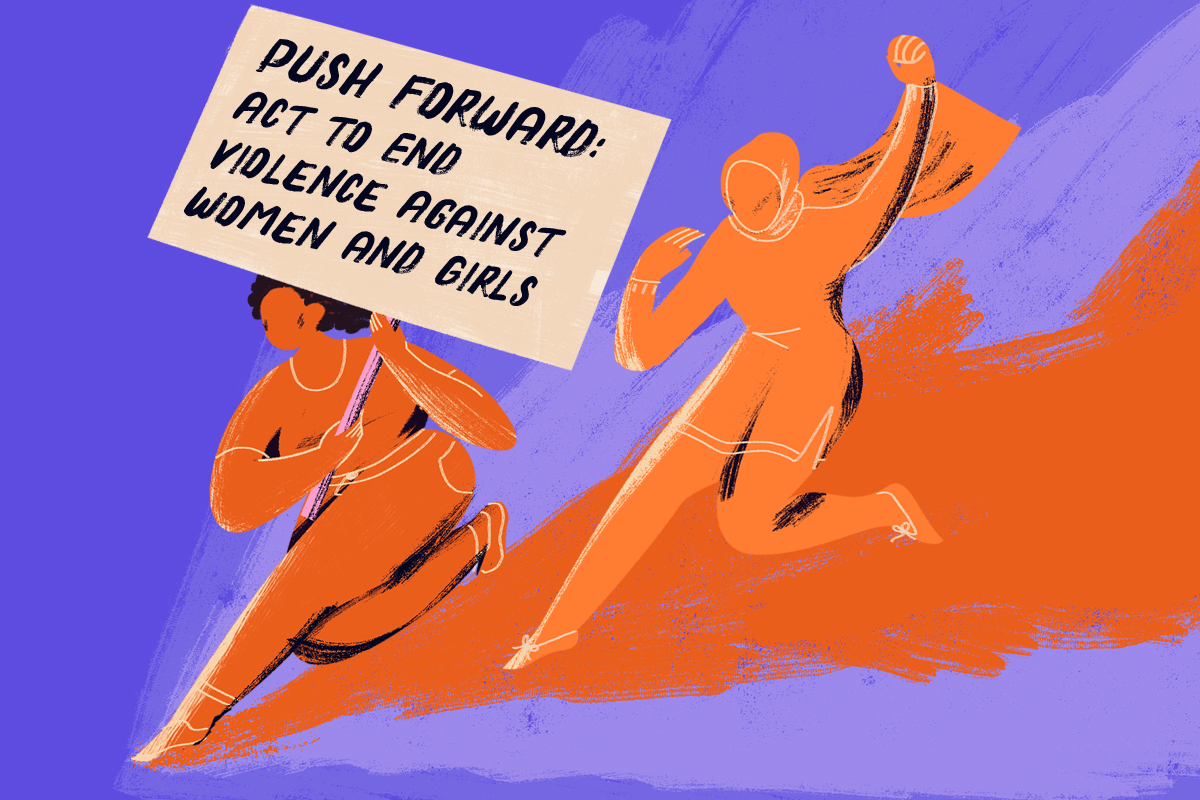
Every third woman in Germany has experienced physical and/or sexual violence. On the occasion of the International Day to End Violence Against Women, Foundation Director Karin Heisecke talks about the roots of the MaLisa Foundation, the responsibility of media professionals, and a world without gender-based violence.
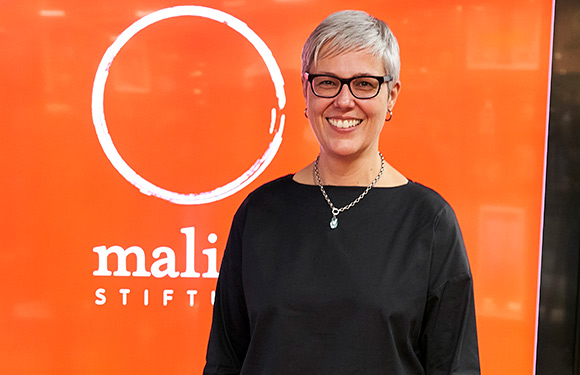
News: What was the motivation to establish the MaLisa Foundation?
Karin Heisecke: Maria and Elisabeth Furtwängler had already been working to end violence against women and girls in the Global South for some time. In 2011, together with German Doctors, they founded MaLisa Home, a shelter for girls affected by sexual exploitation in the Philippines. In light of the alarming figures on violence against women in this country, they then decided to advocate for gender justice and against violence against women and girls in Germany as well.
How did you get involved?
We met through a mutual acquaintance, the American author and activist V (formerly Eve Ensler). I had been working with her and others since the late 1990s at the intersection of political activism, media, and art on the issue of violence against women. When Maria and Elisabeth Furtwängler decided to solidify their concept for establishing a foundation, they brought me in as an advisor. We worked together to determine how their contribution could be most effective within the broad field of fighting violence against women.
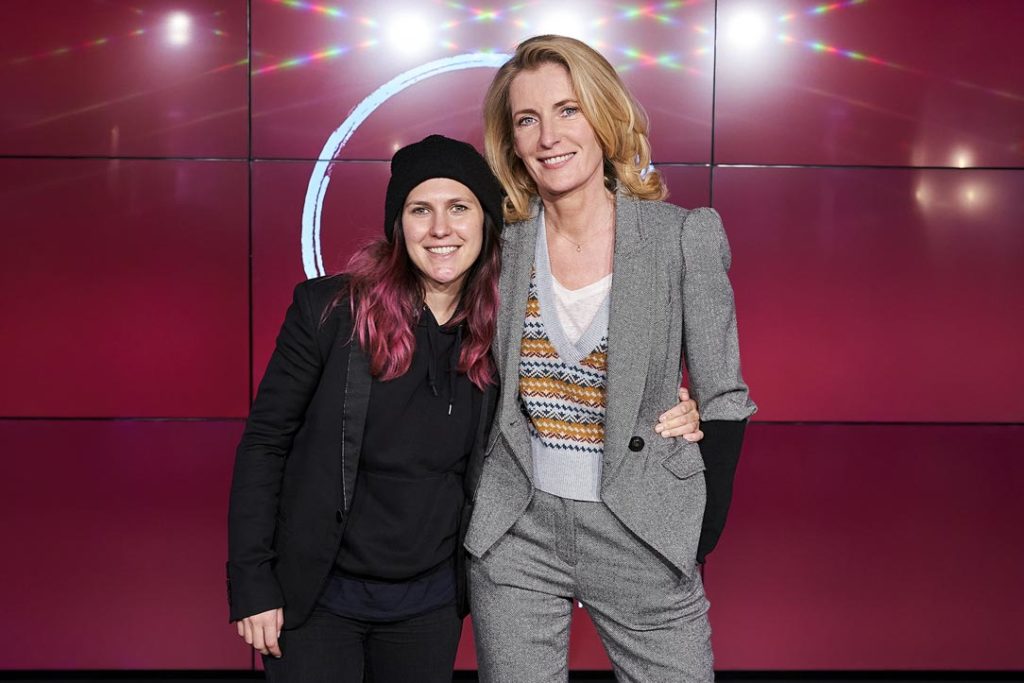
The Foundation’s motto is “The way it’s seen inspires the dream.“
We realized quickly that we wanted to focus on how media and culture shape our ideas of gender roles. Limiting ideas and images of what a “real man” or a “real woman” should supposedly be like provide the fertile ground on which acceptance of patriarchal violence thrives. Maria Furtwängler’s involvement in the film and television world facilitated direct dialogue with the industry. And as a musician, Elisabeth Furtwängler is very familiar with the players and mechanisms in the music industry. From the very beginning, an important feature of our work has been networking and working together with partners.
When we started our work, there was little data on the subject of gender representation in German media, and discussions of the topic tended to be based on individual examples or “gut feelings.” But, without solidly researched data, it is difficult to determine whether there is an imbalance, and then to identify effective measures to help correct it.
Can you offer a brief overview of the Foundation’s studies?
Our initial studies offered an overview of the state of gender representations in film, television, streaming services, and new media. They showed that men appear in central roles significantly more often than other genders, and that the way women are portrayed is limited and strongly based on common ideal beauty standards. Individuals who cannot be classified according to the narrow, binary notion of male/female gender are practically never shown.
In response to the pandemic, the MaLisa Foundation commissioned studies to evaluate Gender Distribution in German Corona Reporting. For TV reporting (e.g. news, documentaries, political magazines), the study assessed who got a chance to speak and which topics were covered. Shockingly, the subject of violence against women came up only once during the survey period – although it is known that violence against women and girls increased during the pandemic. Even when mentions of violence in the family and violence against children were added to the assessment, the proportion of these issues was far behind such topics as technology or sports.
A study we initiated on Gender Diversity in the Music Industry and Music Usage found that nearly every woman surveyed had experienced discrimination related to her gender.
In November 2021, the study Gender-Based Violence on German Television was published. It provides the first representative overview of how this violence is portrayed in German television programs. The results showed that gender-based violence occurs in about one third (34%) of the programs, across all program types. Often this was explicit and severe violence against women and children. The perspective of the victims was only rarely evident, and it was only explicitly shown in about eight percent of the cases analyzed. A viewpoint with insight into the structural background of the violence was also largely absent. Advance warnings about the content and information on support services for those affected were also missing. Gender-based violence occurred most frequently in fictional programs.
How can media professionals who create fictional content be part of the solution to this vital societal issue?
A conscious approach is important. Currently, we still lack diverse stories that show different aspects and perspectives. Since many women and girls, including potential viewers, have actually experienced violence, expert knowledge on the topic is important, also with regard to the possible effects of media representation.
Media professionals are often aware that they are still in a learning process here, and we are happy to support them in this process. Editorial measures that are easy to implement include, for example, providing advance warnings and information on support providers for victims. The BBC’s Editorial Guidelines and Action Line can serve as inspiration. The German media are already taking a more conscious approach to the subject of suicide.
As a resource for media professionals, the MaLisa Foundation has compiled a detailed overview on mediendiversität.de with potential courses of action, tips and tools for approaching the issue of “violence against women”, both in journalistic formats and in fiction. There you can find short and concise guides that can be used as checklists for everyday editorial work, detailed analyses of violence against women and girls, from German-speaking countries and internationally. UFA also sets an example. It is our partner for the study and, in the context of its diversity commitment, the organization has also addressed the portrayal of sexist and gender-based violence.
We plan workshops with media professionals and have organized discussions on the subject in cooperation with the Grimme Institute and UFA. We also partner with numerous initiatives on gender justice in culture and media, such as the Vertrauensstelle Themis, which works to end sexual harassment and violence in the film, TV, theater and music industries, and the nationwide Alliance Against Sexism (Bündnis gegen Sexismus).
And we are already seeing positive developments. Producer Iris Kiefer recently said in an interviewwith Blickpunkt Film: “At some point, I resolved to stop shooting films that start with a young woman’s corpse on display, still naked in the worst case….We owe respect and more complexity to the characters we present.”
How do you see news reporting on the subject? What difference does it make how violence against women and girls is covered, and what progress has been made here?
News reporting shapes how victims integrate their experiences and how society thinks about violence against women and girls. The media can play an important positive role here by helping to inform people about the issue and dispel stereotypes.
There is still work to be done, but we are already seeing positive developments. Media have taken a more nuanced approach to the topic. One example: In the past, reports on intimate partner violence often referred to “marital drama” or “family drama.” This is trivializing and sounds more like a soap opera than a violent crime. Initiatives such as Gender Equality Media (GEM) are campaigning against sexist reporting. Following an open letter from GEM in 2019, dpa, Germany’s largest news agency, announced it would rethink its wording.
What actions are needed from policymakers?
The Council of Europe’s Istanbul Convention has been in force in Germany since February 2018. This means that Germany has committed to preventing and combating violence against women and girls at all levels of government. In its first evaluation report, the Council of Europe pointed out where there are still gaps and “serious deficits”.
For example, there is a lack of support services and women’s shelters, especially in rural areas. And in the cities, victims also often have to deal with long waiting times. Overall, there is still no overarching strategy that defines how policymakers should approach implementation in a coordinated manner. This is true across the board, from prevention, to protection and assistance for victims, to criminal prosecution.
According to the latest statistics on intimate partner violence, in 2021 women were the victims of at least 115,342 cases of violence, some of it severe, committed by their partners or ex-partners. And these are only the cases that are reported to the police. That is only a small proportion. In the case of sexual assaults in particular, but also stalking and domestic violence, it can be assumed that the number of unreported cases is very high, since many of those affected do not go to the police. The data available for Germany is still sparse. The last comprehensive government study on the prevalence of violence against women was published in 2004. The fact that a new study has only recently been launched indicates how little priority the topic has been given by the government in recent decades.
We simply need more data and knowledge to better understand the problem and develop effective solutions. This includes a nuanced look at the violence experienced by multiply discriminated women, as well as trans, inter, and non-binary people. In short, everyone affected by patriarchal structures. Overall, an analysis of the negative effects of these structures on our society is still missing. They ultimately affect men just as much, even though they benefit on many levels.
There also seems to be a blind spot on the issue of prevention.
Preventing violence gets little priority in political discourse and campaigns. Often, the focus is on making violence visible and helping those affected. That is undoubtedly very important, but if we want to end violence, the goal is actually to prevent it from happening in the first place. That would be a much more sustainable approach. At the moment, it feels like we’re stuck lamenting the high number of people affected every year, but not taking the next step of really tackling the root of the problem.
In Germany, there are very few prevention programs, and there is even less research that examines their effectiveness. Neither the government nor foundations fund this work, although it is urgently needed. And even in fields where there is research that demonstrates effectiveness, prevention approaches are not always considered in policy decisions. One example is the effectiveness of feminist assertiveness and self-defense training in preventing sexualized violence. Extensive research evidence already exists here, but this measure, which is rarely relatively easy to implement, is rarely included in policy strategies addressing gender-based violence. A positive exception is the recently published action plan of the city of Munich.
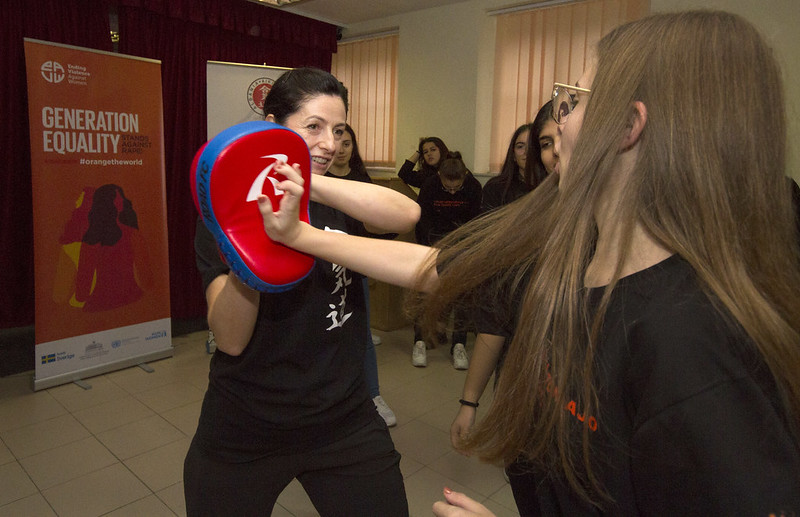
Where do you derive hope?
Violence against women is increasingly becoming a public issue. I am confident that we will soon reach a critical mass of people who are no longer prepared to accept the status quo. A friend of mine once said that she wished there would be a similar development on the issue of violence against women as there has been on the issue of smoking in recent decades. It used to be normal in Germany to smoke in the cinema, café, or on the train, but major campaigns and laws brought about a change in behavior in society in a fairly short period of time. There is now a broad consensus that smoking harms health and is therefore unacceptable in certain places.
If a serious investment is made in prevention, the majority opinion can be changed, so that violence against women is no longer accepted. Those who perpetrate it then pay a very high social price. And those affected no longer have to be ashamed to talk about what has been done to them.
Currently, there are still few men in Germany who are actively engaged in ending violence against women. What makes me optimistic is that this is already changing in other countries. We are currently seeing, in Iran and also in South Africa, how men are standing with women and girls and fighting against oppression and violence. This should also be possible here in the future.
Sometimes I have the feeling that violence against women is perceived as a kind of natural phenomenon that cannot be changed. Yet violence ends the moment those who perpetrate it stop doing so. Any person can decide at any time not to commit violence, even if they have done so in the past. Ending violence against women and girls is possible. It is important not to lose sight of this, but instead to see what contribution each of us can make.
Karin Heisecke is director of the MaLisa Foundation and an expert on gender issues and international politics. For the Council of Europe, she wrote the pamphlet “Raising Awareness of Violence Against Women”, and she advises governments on implementing the Istanbul Convention.
November 25th is International Day to End Violence against Women. On this occasion, the MaLisa Foundation asks partners, friends, allies and journalists: What will a world without violence look like? The action is inspired by a campaign of the V-Day movement in 2003, and the question is as relevant today as it was two decades ago.
SUPPORT SERVICES FOR VICTIMS/SURVIVORS
The Violence Against Women support hotline is a nationwide counseling service in Germany for women who have experienced or are still experiencing violence.
The Sexual Abuse Help Portal advises young people and adults in Germany by phone and online confidentially and securely on all questions related to the topic of sexual abuse.
International information:
A table of national women’s helplines available in 46 European Countries:
https://wave-network.org/list-of-helplines-in-46-countries/
An international list of country help lines, provided by UN Women:
https://www.endvawnow.org/en/need-help
